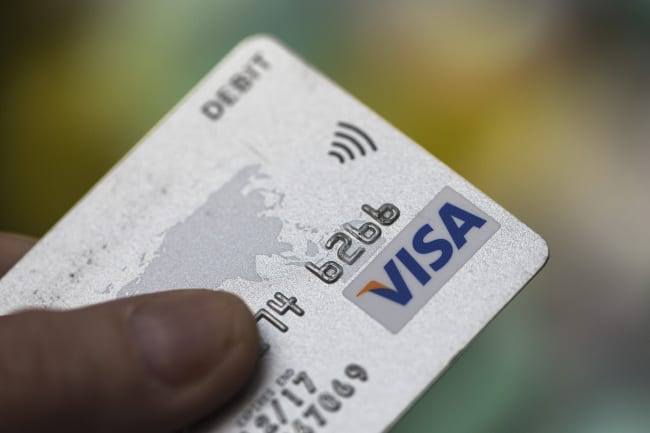
Visa, the world’s leader in digital payments, today released findings from its Visa Consumer Payment Attitudes study (the “Study”), that show almost eight in ten Thais (79 percent) are using contactless payments more often than they did two years ago.
The study, which tracks consumer habits and attitudes towards payments across Southeast Asia, also revealed three in four Thai respondents (75 percent) who are not using contactless payments today, are interested in doing so in the future.
Suripong Tantiyanon, Country Manager for Visa Thailand, said: “It is heartening to see Thai consumers embracing new payment technologies, especially the use of contactless cards for payments. The shift in behavior and the rise in confidence can be attributed to an industry effort to educate the general public on the benefits of contactless and an increasing acceptance points. Contactless payments are still in the early stages of adoption in Thailand, but we are optimistic for their growth due to its speed, convenience, security and global acceptance wherever Visa contactless is accepted across the world.
The top reasons consumers cited for adopting contactless payments are: not needing to carry cash (68%), desire to use an innovative way to pay (58%), and faster payment compared to other methods (55%).
When it comes to frequency of using contactless payments, over four in five respondents (82 percent) use their cards at least once to more than four times a week.
The top places where respondents use their contactless cards to make payments are during overseas travel (17 percent), followed by at supermarkets (12 percent), and retail shops (11 percent).
The Study also delved into usage between demographics. While Gen Y is more likely to use contactless cards (55%), use among older Gen X users was significant (45%). The younger generation uses contactless payments more frequently, with three in ten making payments more than four times a week, while only one in five Gen X users will make the same number of payments.
State of the Nation: Cashless Society
Based on the findings, over two in five respondents (43 percent) said they carry less cash now than they did two years ago. Their top reasons for carrying less cash are: carrying cash around is unsafe (65 percent), using more contactless payments (62 percent), and cash withdrawals are easily accessible (62 percent).
In addition, more than four in five respondents (82 percent) have moved away from cash and tried living daily life relying on cashless methods. Almost three in four (70 percent) managed to live cashless up to a few days. Twenty-one percent managed to live more than a week but short of one full month on cashless modes of payment. The remaining nine percent could live their lives without cash for one month or more.
When asked about their inclination towards adopting cashless payments in the future, seven in ten Thai respondents (72 percent) said they expect to increase their usage of cashless payment methods next year. Their top reasons for intention to displace cash include convenience (69 percent), the hassle of carrying cash (62 percent), and an increase in their comfort paying with cashless methods (51 percent).
Increasingly, Thai consumers are confident in going cashless. Two in five (38 percent) believe they can last more than a month without cash. On the other end of the spectrum, nearly six in ten (58 percent) hold the belief they could only get by for 24 hours without paying by cash.
When asked how long it would take for Thailand to become a cashless nation, 40 percent of the people surveyed believe it will take between two to five years, 27 percent thought it would take between six to ten years, and interestingly seven percent believe it could happen next year.
Respondents to the survey believe the top benefits for Thailand being a cashless nation are convenience (58 percent), ability to track financial records easily (56 percent), lower risk of theft (55 percent), and promoting financial inclusivity (44 percent).
“It is evident that payment innovations can accelerate the transformation into a cashless society. However, it is equally important to continuously stay in touch with the end consumer to better understand their existing needs as well as anticipating their future demands. We hope the Visa Consumer Payment Attitudes Study, already in its sixth edition, will help our clients and partners grow business and support the government in shaping measures that will benefit the people and enable the Thai economy to thrive,” Suripong concluded.

